Do you sigh when your email dings with another meeting request? You’re not alone.
A recent Pew Research study showed that 40 percent of people feel “fatigued or worn out” from video conferencing. Even Zoom’s CEO Eric Yuan hit the wall with meetings. In Yuan’s defense, it took 19 meetings in a single day to break him. Your breaking point likely arrived a lot sooner.
“Zoom fatigue is real,” says Liyani Rodriguez, co-founder and CEO of Raddle. “But this is less about the house we meet in and more about how we show up for meetings. We have to start thinking about how we show up in a virtual world because this is here to stay.”
Video meetings aren’t disappearing. But Zoom chats can be productive with the right boundaries in place. So, how do you navigate meetings as a participant or presenter in the world of remote work?
We spoke with three experts – who are committed to improving the meetings we take every day – to understand how you can acknowledge the messy reality of Zoom and still build real connections.
Time spent together is the most scarce resource. If we’re blocking off that time, we’re taking away flexibility and the ability to do deep work. We have to make meetings more intentional.
– Till Pieper, co-founder and CEO of CoScreen.
Think About What it Means to Be Present
Many of us spent the early part of the pandemic attempting to keep hard lines between work and home. Cameras were off. Backgrounds hid those boxes in the corner. But constantly trying to present a perfect version of yourself without a cat walking in front of your screen is exhausting.
“I had to become more open with bringing all of me to work,” says Kendra Dixon, the operations director for Parabol. “With remote work that’s important because there’s a fluidity to work and life. You have to be honest about what you need in order to get ready to show up. That means being a little more vulnerable and showing more of who you are because the little things won’t come through on Zoom.”
You need to take stock of where you are each day and honor what you discover. While that might mean rescheduling a meeting (or pushing it back five minutes), it ensures that you’ll be ready to participate when the meeting starts. When you stop trying to hide who you are or where you are in a given moment, you’re building the foundation for meaningful collaboration.
Be Intentional About Where You Work
The office is by definition a place where you go to work. Your brain isn’t set up yet to expect the same thing when you sit down at a coffee shop or your dining room table. And part of helping your brain be present is defining the space where you choose to work.
Rodriguez makes it a point to pare away distractions in her physical space. She recommends stripping away clutter. Clear sticky notes from your monitor or papers on your desk that might steal your focus. Do the same with your digital real estate. Turn off notifications. Close browser tabs. Mute everything that’s not essential. The closer you get to singular focus, the quicker you can signal your brain that it’s time to work.
Build Pathways For Feedback
Give your team time to sit with what’s coming. Pieper sends shared documents or videos a day or two before a meeting, so team members can comment and engage with ideas when it works for their schedule.
“This is about using technology to make meetings more efficient,” says Pieper.
Use that initial feedback to shape the meeting agenda. Cover only what’s unclear or topics that benefit from face-to-face discussion in real time. Fight to give people back their day, so your team knows that if you’re meeting, there’s a clear reason.
Why You Should Get Out Of Your Chair In Between Meetings
It’s easy to forget that you walked to meetings in person: a few minutes in the hallway to gather your thoughts before sinking into a conference room chair. Rodriguez suggests you bring back those brief moments of being active, especially with a full day of video chats ahead of you. Don’t just click on the next meeting. Schedule short breaks to move your body. Before and in between meetings, take time to walk, do jumping jacks, or meditate. Move physically to allow yourself to reset mentally.
Let’s Talk (Really Talk) About Cameras
None of us signed up to be reality stars. And that’s what it can feel like when you’re on camera all the time. Maintaining eye contact with a colleague while staring at yourself will drain you over the course of the day. So, how do you recharge? You talk about what it means to be the star of your own screen and consider the potential impact on every member of your team.
If you’re in a position to set the culture of your company, build a culture of inclusivity by holding audio-only meetings. This shows your team – and you should say this out loud – that you don’t need to see them to know that they’re engaged.
By turning off your camera, you can establish a precedent that can save people from Zoom fatigue, especially those who are underrepresented on the team. This recent Stanford University study discovered that new employees and women may feel a greater burden (and experience burnout at a higher rate) by being on camera.
While you want to look out for your coworkers, you also need to think about the impact of seeing yourself over and over. Without the non-verbal and verbal affirmations from in-person sessions, we tend to overcompensate in virtual settings. You don’t want to know how often you shake your head when your camera is on and someone is speaking.
Turn off the self-view in Zoom or cover that portion of your screen with another window to give yourself a break from broadcasting. Focus your attention instead on the speaker or materials that you’re covering. Take notes to highlight important points you might want to revisit. Use people’s names to get their specific insight and stay connected. By leaning into the topic of discussion, without the burden of being on camera, you’ll find that you have more questions and ideas to follow up on after the meeting.
Create Space Intentionally
Make space for your team to feel comfortable to participate. A recent Cisco study showed that 47 percent of people don’t speak in meetings. As a presenter, Pieper notes that it’s your job to help people contribute without asking the “one and only host for permission.”
Here are three ways to make space for those who don’t speak as often.
- Time Blocking. Break up longer sessions into digestible chunks. This allows for regular check-ins and prevents a single person or point from derailing a meeting.
- Engage With Engagement. With large meetings, you might consider engagement analytics to understand exactly who is speaking in a meeting. In smaller sessions, check in with people individually to make sure they feel heard and are comfortable sharing. This can help you discover which voices are underrepresented at your company. Then, seek out their opinions by directly pulling them into the meeting or through asynchronous follow-ups.
- Anonymous Feedback. You have to seek out the potentially uncomfortable questions in the room. Otherwise they won’t get asked and your project will be the lesser for it. Give your employees the opportunity to offer feedback on anonymous prompts in shared documents or project management boards. Whether that’s before the meeting or in a few dedicated minutes before the start of the conversation, Dixon notes that making space for feedback may help an introvert or someone who processes ideas internally to participate in a group meeting.
Meetings are different in a remote environment. You are different in a remote environment. By acknowledging those changes, you will find the answer to Zoom fatigue. And revel in the opportunity to collaborate with your team while still working in the place you want to work.
Stashpad is a scratchpad for your messy reality.


